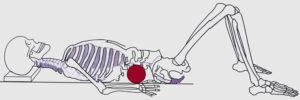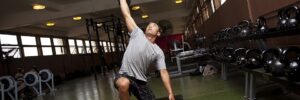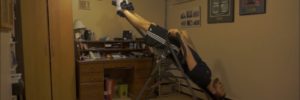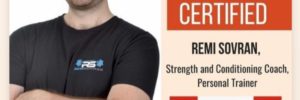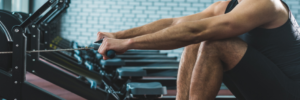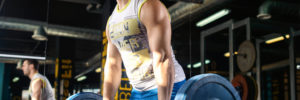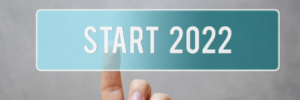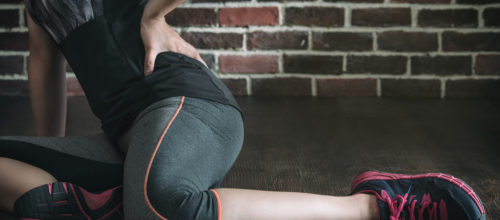
Random Thoughts on Overcoming Low Back Pain – Part 3
The other day I had a client say to me that their low back felt off after a set of trap bar deadlifts.
After hearing this, and STRICTLY observing their form on their next set, their form was fine.
But.
The problem I noticed was that they weren’t properly bracing.
As a result, the core musculature wasn’t doing its job to stabilize the spine. And other tissues (passive restraints) may have been observing more force than needed.
The solution to helping this client was getting them to brace properly.
A simple verbal cue I used was to think about showing off a six-pack. Or think about flexing your abs as if someone is about to punch you in the stomach.
With this client, the verbal cue worked. And on their next set of deadlifts, they felt much better.
But sometimes, clients don’t understand the verbal cue and a tactile cue may be needed.
With the tactile cue, I’ll have a client put their hand on my stomach and demonstrate a relaxed abdominal wall versus a stiffened abdominal wall. After, getting a feeling for the difference, clients pick-up what I’m trying to get them to do, and this often solves the problem of a lack of brace.
Bracing is very important.
If you don’t achieve a proper brace when lifting, you may shift more stress to the passive restraints of the low back, which could lead to discomfort and perhaps an injury — keeping a strong brace through lifts such as the deadlift is going to be important if you want to lift heavy without sustaining an injury.
The next time you lift a weight, if you feel your low back felt off, it could be due to a lack of brace.
Remember.
Get the abdominal musculature engaged, and that should clean things up.
Salute,
Remi
Watch This Video
Thumbnail Image Licensed from “depositphotos.com/primagefactory.”


